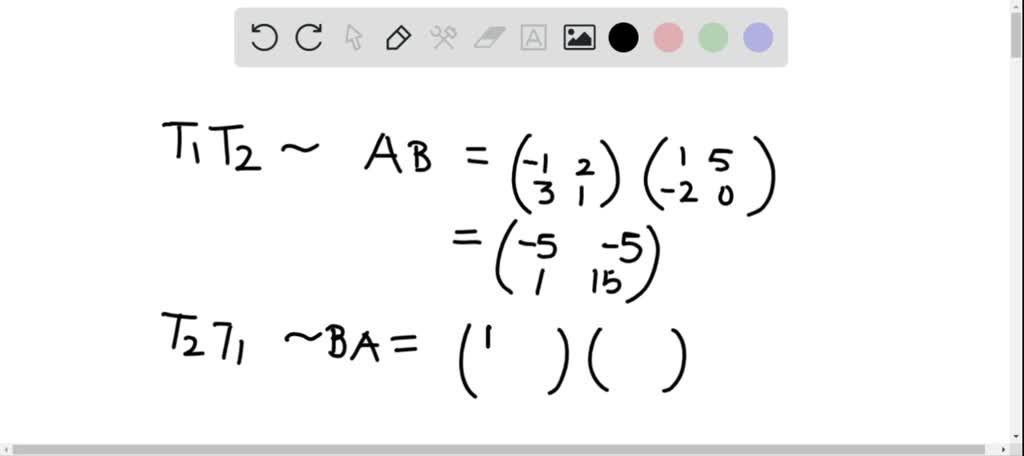
Further, there should be matching values between each SalesOrderLineID column. These table resources support report designs that need to filter, group by, or drill down through orders and order lines.Īs the Sales Order table is derived from the sales data, there should be exactly the same number of rows in each table. The Sales Order table provides a rich experience for report authors with three columns: Sales Order, Sales Order Line, and Line Number. (The key value is calculated by multiplying the order number by 1000, and then adding the order line number.) Instead, their values were used to create a surrogate key column named SalesOrderLineID. In the following model diagram, notice that the order number and order line number columns haven't been loaded to the Sales table. The OrderNumber column stores the order number, and the OrderLineNumber column stores a sequence of lines within the order. Deliver a more intuitive Fields pane experience to your report authorsĬonsider a source sales table that stores sales order details in two columns.Contribute to improved query performance.This way, you separate columns used for filter or grouping, from those columns used to summarize fact rows. When columns from a fact-type table are used for filtering or grouping, you can consider making them available in a separate table. Also, each fact-type table would need unique columns to allow the model relationship to be created. It's because both fact-type tables would need to have the same dimensionality and granularity. It's unusual, however, that you'd relate two fact-type tables with a one-to-one relationship.

For example, master product details are stored in an operational sales system, and supplementary product details are stored in a different source. This scenario can be common for dimension-type tables. Row data spans across tables: A single business entity or subject is loaded as two (or more) model tables, possibly because their data is sourced from different data stores. There are two scenarios that involve one-to-one relationships:ĭegenerate dimensions: You can derive a degenerate dimension from a fact-type table. For more information, see Understand star schema and the importance for Power BI.

It's also important that you have an understanding of star schema design.

If you're not completely familiar with relationships, their properties or how to configure them, we recommend that you first read the Model relationships in Power BI Desktop article. An introduction to model relationships is not covered in this article.


 0 kommentar(er)
0 kommentar(er)
